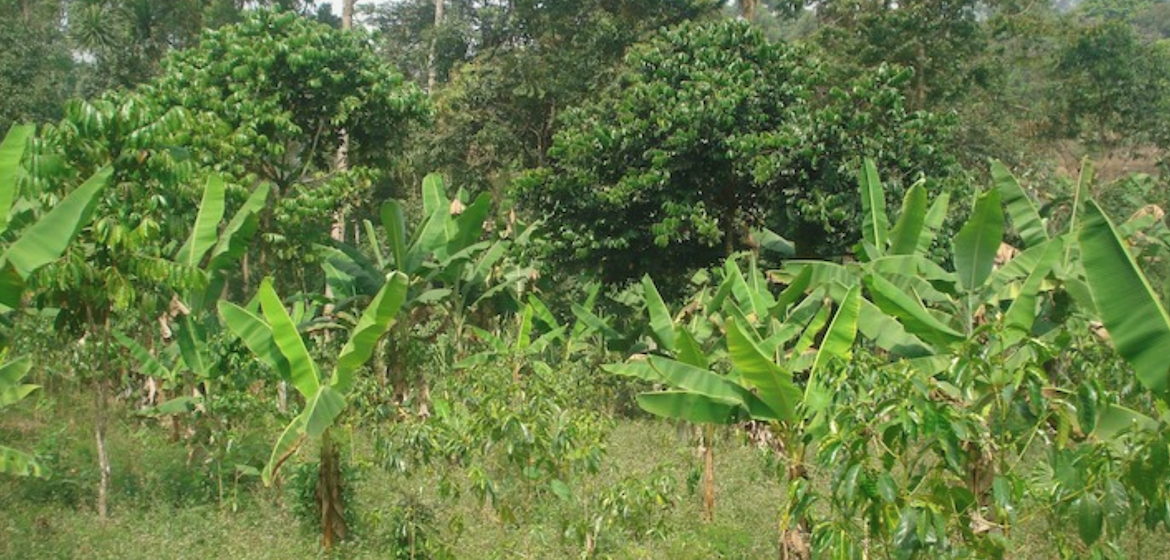This article relates to SDG 2 Zero Hunger.
“At first glance Cameroon’s western regions seem lush, but a closer look shows a land degraded by overgrazing, unsustainable cropping practices, deforestation of vegetation for firewood, and uncontrolled bush fires.
Still, some plots teem with biodiversity: coffee grows under the shade of banana trees, while nearby there are African plum trees (known locally as safou), cola, oranges and timber trees like mahogany. To the untrained eye this might appear to be natural forest, but is in fact the fruit of agroforestry – the growing of trees with crops.
-Agroforestry integrates trees, shrubs, and crops in a system that functions well together — it covers over 1 billion hectares of land worldwide and its best known examples include shade grown coffee and chocolate.
-Indigenous peoples have practiced agroforestry for millennia but this technique is now gaining popularity with farmers everywhere.
-Agroforestry mitigates climate change through carbon sequestration and also benefits biodiversity, water cycling, food security, and more.
-This is the first in a yearlong series about farmers and communities implementing agroforestry worldwide.”
Please continue reading at article source.
Article Source:



